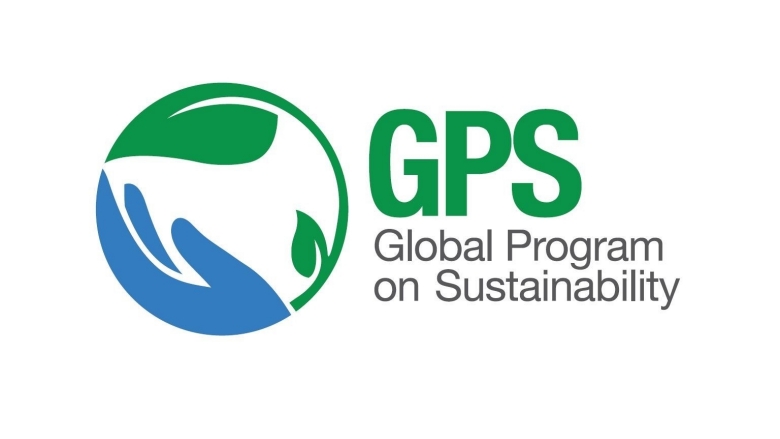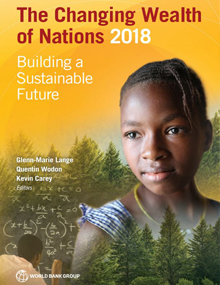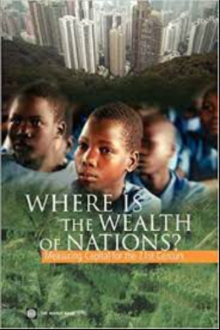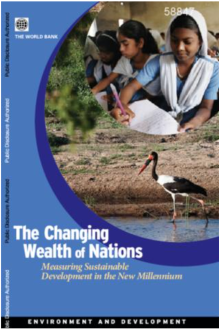
The Changing Wealth of Nations 2021
About
History of the project
The World Bank first introduced the concept of wealth underpinning national income, and long-term prosperity as dependent on wealth, in the 1990s. The Changing Wealth of Nations (CWON) developed the argument for a new metric of sustainability for economic development—the change in wealth per capita—and demonstrated its usefulness in many applications. Non-declining wealth per capita is an indicator based on the original definition of sustainability from the “Our Common Future” report, also known as the Brundtland Report.
Years later, the World Bank established a program for measuring national wealth to monitor long-term economic well-being and guide the development process through the lens of a country’s portfolio of assets. The first edition of the CWON, Where Is the Wealth of Nations? Measuring Capital for the 21st Century, was a “proof of concept” that demonstrated that wealth accounts could be constructed for a large number of countries. The second edition, The Changing Wealth of Nations: Measuring Sustainable Development in the New Millennium, provided for the first time a series of wealth accounts for 140 countries over 10 years that allowed examining the dynamic relationship between development and wealth. The most recent edition, The Changing Wealth of Nations 2018: Building a Sustainable Future, included, for the first time, an explicit measure of countries’ human capital. These editions of the CWON developed the argument for a new metric of sustainability for economic development, change in wealth per capita, and demonstrated its usefulness in numerous applications.
This new 2021 edition of the CWON significantly extends and improves the coverage of natural capital and monitors its trends from 1995 to 2018 for 146 countries to inform the debate on the environmental dimension of sustainability. New work demonstrates how wealth accounts can be used for policy and applies scenario analysis for asset valuation to inform decision making under uncertainty.




